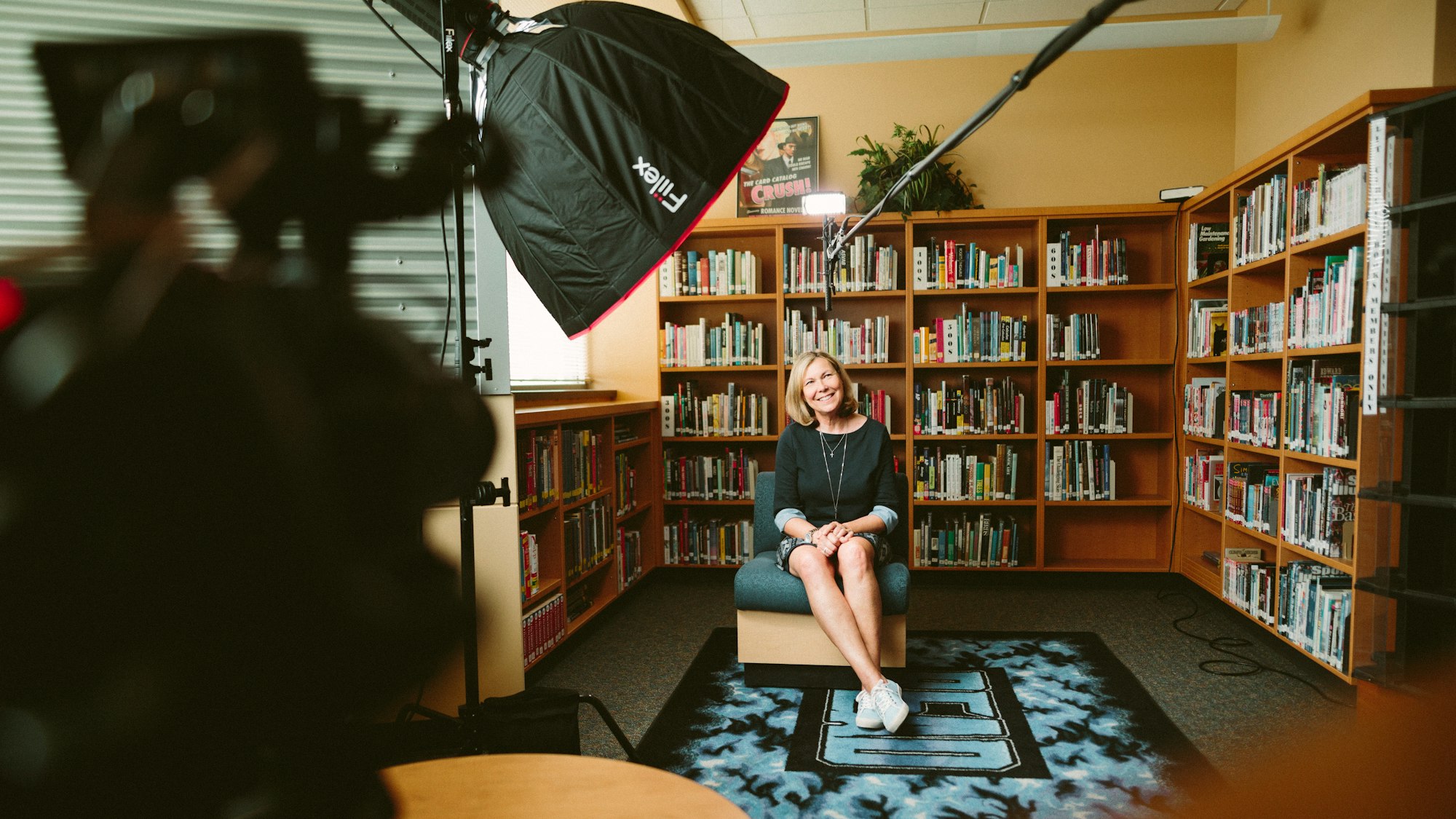Through cases such as the COVID-19 pandemic, military and other mass casualty repatriation, commemoration, and resistance practices, she investigates contemporary patterns and logics of violence and (re/dis)embodiment. Her book 'Rethinking the Body in Global Politics' was published earlier this year.

To what extent does your work look at historical representations of the military body?My work looks at historical representations of the military body in a number of ways. Firstly, I have done this by charting the shifting visibility and contested grievability of the military body finding that, particularly in the case of the American soldier but echoed globally due to what I have described as the contemporary ‘necropolitical visual imperative’,the suffering and dead military body was gradually blotted out of the public’s sight from the mid-20th century onwards.
I did this by investigating the treatment, visibility, and even disposal of soldiers’ bodies, finding this increasingly informed by a logic wherein soldiers’ material bodies were valued highly – as a ‘precious resource’ no less with which to fuel the Global War on Terror (GWoT) – while being simultaneously invisibilised, uncounted, and commemorated - literally disposed of as landfill in some cases, in the same manner as nonhuman battlefield waste (see Purnell, 2018). Towards this study I homed in on updates to US Department of Defense and Army Mortuary Affairs body-disposal policies and repatriation practices, finding soldiers’ deaths being increasingly cleansed from vocabulary and vision – especially after the March 2003 ‘Dover Ban’ was enforced. This particular policy update meant that there would be ‘“no arrival ceremonies for, or media coverage of, deceased military personnel returning to or departing from Ramstein or Dover AFB, to include interim stops” from then onwards. However, I found this ban to be exemplary of a much wider set of more subtle processes and practices working to move wounded and dead American soldiers out of the American public eye during the GWoT. Interestingly, what this research also reveals is how the (in)visibility and grievability of the military body is that it is always contested as the Dover Ban was eventually partially reversed in 2009. Indeed, towards investigating the cause for this policy U-turn I found wounded and dead American soldiers time and again forcing moments of politics because of being known, counted, and making others feel differently as the limit of the American public eye’s sight was successfully renegotiated by subordinate yet challenging bodies including military families and Civil Society Organisations demanding and, indeed, taking the right to see and grieve the Killed In Action (KIA) in public.
I have continued to look at historical representations of the military body by investigating how soldiers are performed in public via ‘museumification’ practices (see Danilova and Purnell 2020) and Army and artist engagements which have become increasingly prevalent during the Global War on Terror (See Purnell and Danilova 2018 and Danilova, Dolan, and Purnell Forthcoming). Based on extensive ethnographic research and interviews with military museum curators and key stakeholders involved in the British Army’s ‘Army@Fringe’ initiative and presence at the Edinburgh Fringe Festival since 2017, key takeaways towards understanding the making (in)visible of particular military bodies – both in museums and on the stage - are that during the GWoT, the (in)visibiisation of particular soldiers’ bodies has worked to re-secure a biopolitical (life oriented and affirming) mask of ‘virtuous’ war and limits rather than widens the space for critical discussion of military actions while the bodies of soldiers museumified through curatorial practices work further in the service of the construction of classed, raced, and gendered hierarchies - all of which sustain the dominance of a particular warrior-like military masculinity deployed and portrayed in the service of the state.
What are you currently working on? I’m currently involved in two interdisciplinary, collaborative projects within which I am continuing to research and write about the contested invisibility and grievability of bodies. The first moves beyond the military setting to look at how every body has been and will continue to be contested through the COVID-19 pandemic. This project ‘Covid-19 (Un)Commemoration and Contested Collective Memory’, on which I am working with Professor Jenny Edkins, Professor Lucy Easthope, and Amy Cortvriend moves beyond a focus on the military body and therefore works towards my ultimate aim of pushing IR’s boundaries outwards – to the everyday and everywhere of even and especially apparent peacetime and private life by revealing the more subtle ways, processes, and logics informing how every body is contested as a site of no fewer amounts of global politics. Towards this the COVID-19 commemorations project will bring together stakeholders including academics specialising in mass casualty commemorations and the politics of grief and memory, disaster planning and aftermath practitioners, local and central Government commemorations policy makers, and activist groups representing families of the bereaved and civil society remembrance initiatives in the hopes of not only further understanding the ways and means through which bodies are contested are represented in the contemporary era but also feeding into the establishment of a just and appropriate way of remembering and honouring those who died during the pandemic.
Staying with the military body, the second project I am involved with (with Natasha Danilova and Emma Dolan) continues to investigate contemporary Army and Artist engagements with a view to expanding our study beyond the UK towards international case studies.

What was your path to where you are now? It has been a very long and hard path to become an Assistant Professor. After doing a Masters in IR in 2008-2009 I worked briefly at a think tank - London’s Institute for Public Policy Research (IPPR) - before moving into the international development sector and NGO Publish What You Fund, the Global Campaign for Aid Transparency – first as Executive Assistant to the Director then as Advocacy and Strategy Coordinator.
However, I never really stopped thinking about what I had begun to uncover during my Masters which investigated body politics in the West Bank and would find myself reading academic journal articles on the tube into the office. In early 2011 I saw a PhD opportunity calling for someone to investigate ‘Violent/Violated Bodies’ within the University of Aberdeen’s ‘Interdisciplinary Approaches to Violence Programme led by Professor Marysia Zalewski and Dr Andrea Teti and went for it. This was the only PhD I ever applied for and I got it (in one of the rare moments the path was ‘smooth’)! After some 6 months worth of hesitation and reluctance to leave my life and job in London to step into the unknown I eventually moved there in early 2012.
As a PhD candidate, doing interdisciplinary work in a small and niche part of the field of International Relations by focusing on body politics – was very hard and I have written about that elsewhere. However, after graduating, my post-PhD path only got harder as I spent years on the academic job market – which nearly completely destroyed my career as an academic all together due to the inability to research and publish while applying and interviewing every ‘season’ and moving for fixed-term teaching jobs annually. Thankfully, just as I was about to admit defeat, I was hired as an Assistant Professor of International Relations in September 2019 and only since then has the path got smoother allowing me to publish more frequently, finish my first book, and become involved in the projects described above.
Who have been the most influential academics on your professional career? This is an easy one: Lauren Wilcox for writing ‘Bodies of Violence’, Jessica Auchter for her work on dead bodies and global politics, and Stefanie Fishel for her work on the body politics of the body politic in ‘The Microbial State’. These three people really paved the way for my ‘body politics’ research programme within IR. Broader influences are Judith Butler for showing how material bodies come into(/out of) being via performativity (“the reiterative power of discourse to produce the phenomenon that it regulates and constrains”), Jenny Edkins especially for contributions around missing bodies and politics that relatedly misses the person, and Achille Mbembe for accurately characterising the politics of the present as necro (death)-oriented and concentrated on dividing populations into (a) those allowed, encouraged, and even made to live and (b) others allowed, let, and even required to die.
What are you currently reading and are you enjoying it? I am currently trying to simultaneously read and finish ‘After Grenfell: Violence, Resistance and Response’ (2019) and Charlotte Epstein’s ‘Birth of the State: The Place of the Body in Crafting Modern Politics.’ However, I will probably not manage to do so until the summer ‘break’!
Visit the In Conversation catalogue page for more interviews.

